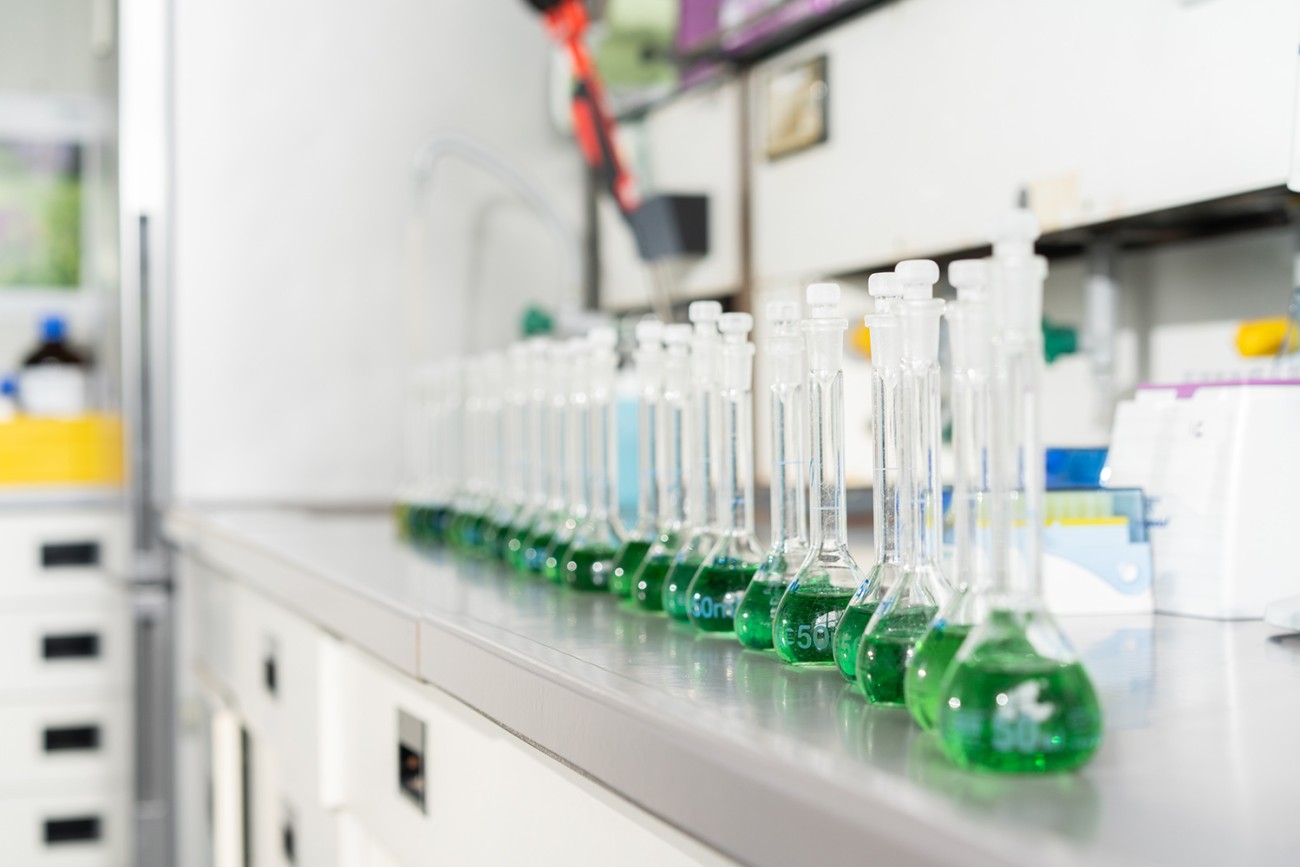Main activity
The field of competence Chemical Analysis completes all the main activities offered by the Center for Engineering Materials in service and research, where analytical and chemical-physical tests are required.
The main focus of the competence field is the quantification of the chemical composition of metallic, mineral, and organic materials as well as chemical preparations, the identification of layers, coatings, particles, the preparation of damage assessments e.g. in the field of construction, in plant engineering as well as in heating, air conditioning and sanitary installations and the monitoring of wood preservative preparations as a recognized monitoring and certification body.
In the R&D area, hydrogen analysis is a focal point of the competence field. For this purpose, an ONH-analyzer with thermodesorption mass spectrometry (TD-MS) and Yanako collector is available, which can be used to analyze not only the total hydrogen content but also the diffusible hydrogen responsible for hydrogen-induced cracking. In addition, the formation energy of the hydrogen bound to precipitates can be determined in order to make statements about the hazard potential. The method is used, among other things, to develop a method for evaluating the production- and service-related embrittlement of high-strength metallic components caused by diffusible hydrogen.
The equipment available in the chemical analysis competence area meets all the requirements placed on rapid and comprehensive modern analysis.
The fields of activity include in detail:



